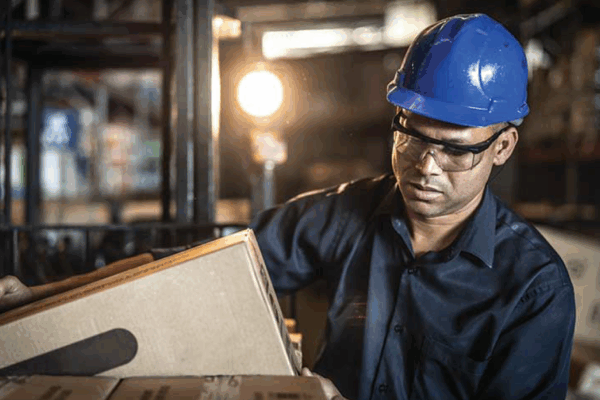While no one wants to be furloughed or unemployed indefinitely, recent surveys show that Americans have mixed feelings about returning to work right now.
In fact, two out of three people aren’t comfortable about going back to their workplace as the COVID-19 pandemic lingers – a finding that spans all generations of workers, according to a recent survey by Qualtrics.
But with bills to pay, more and more North Dakotans are headed back to work at companies that should be following North Dakota’s Smart Restart protocols. But it’s easy to understand if workers don’t feel safe on the job because of COVID-19 – especially in high-contact business sectors or if protocols aren’t being followed properly.
No one should be forced to choose between going to an unsafe workplace or staying at home and potentially losing their job. That’s why the ACLU of North Dakota has teamed up with the North Dakota ALF-CIO to ensure that workers know their rights when it comes to working during the COVID-19 pandemic.
In general, employers are obligated to take reasonable precautions to ensure a safe environment for their employees. But what does that mean exactly? Are employers required to take all precautions to prevent harm to employees in the workplace, including harm from a disease like COVID-19?
When it comes to COVID-19, you may have a right to refuse to work if you can show there is a serious risk of exposure to the virus, and your employer failed to remedy the problem. Your employer is obligated to maintain a safe environment for you to work in, and you have the right to work without fear of retaliation by properly reporting unsafe conditions.
Still, almost all workers in North Dakota are at-will employees, meaning an employer can terminate an employee at any time for any reason without incurring legal liability. That’s why it’s so important for workers to know their rights and to document and report a formal complaint to OSHA.
Whether you're employed at a hospital, factory, or corporate office, you have the right to feel safe when you’re at work.
If your employer isn’t doing everything they can do to make your safety and the safety of those around you a priority, click here to learn more. Then tell us how your workplace rates.

